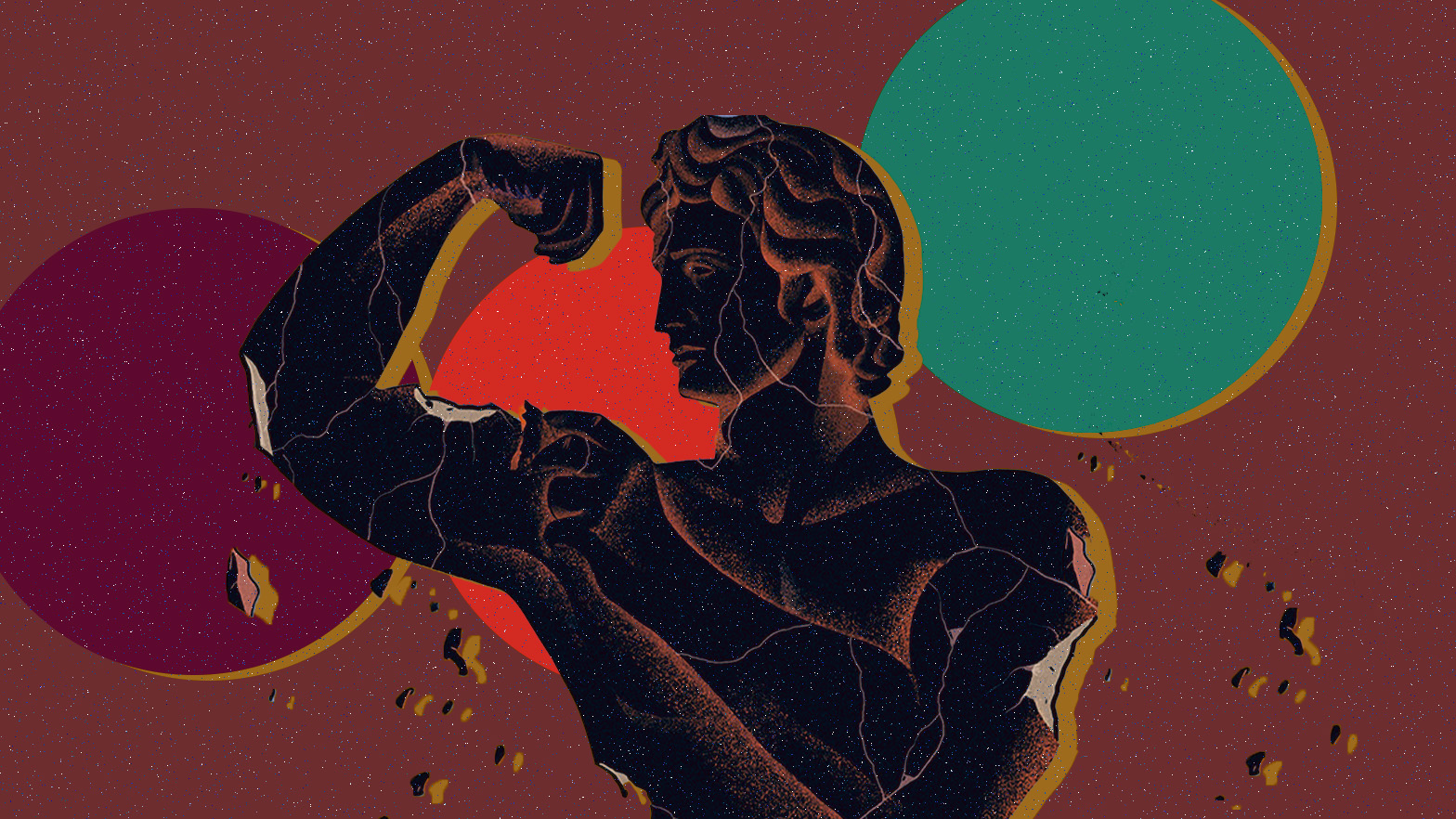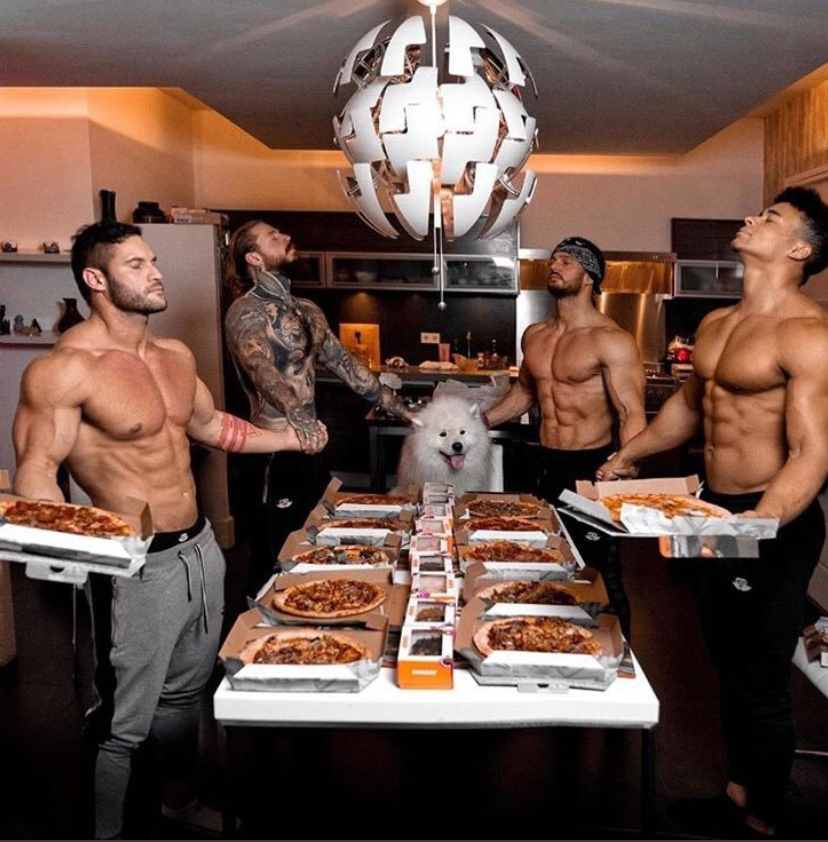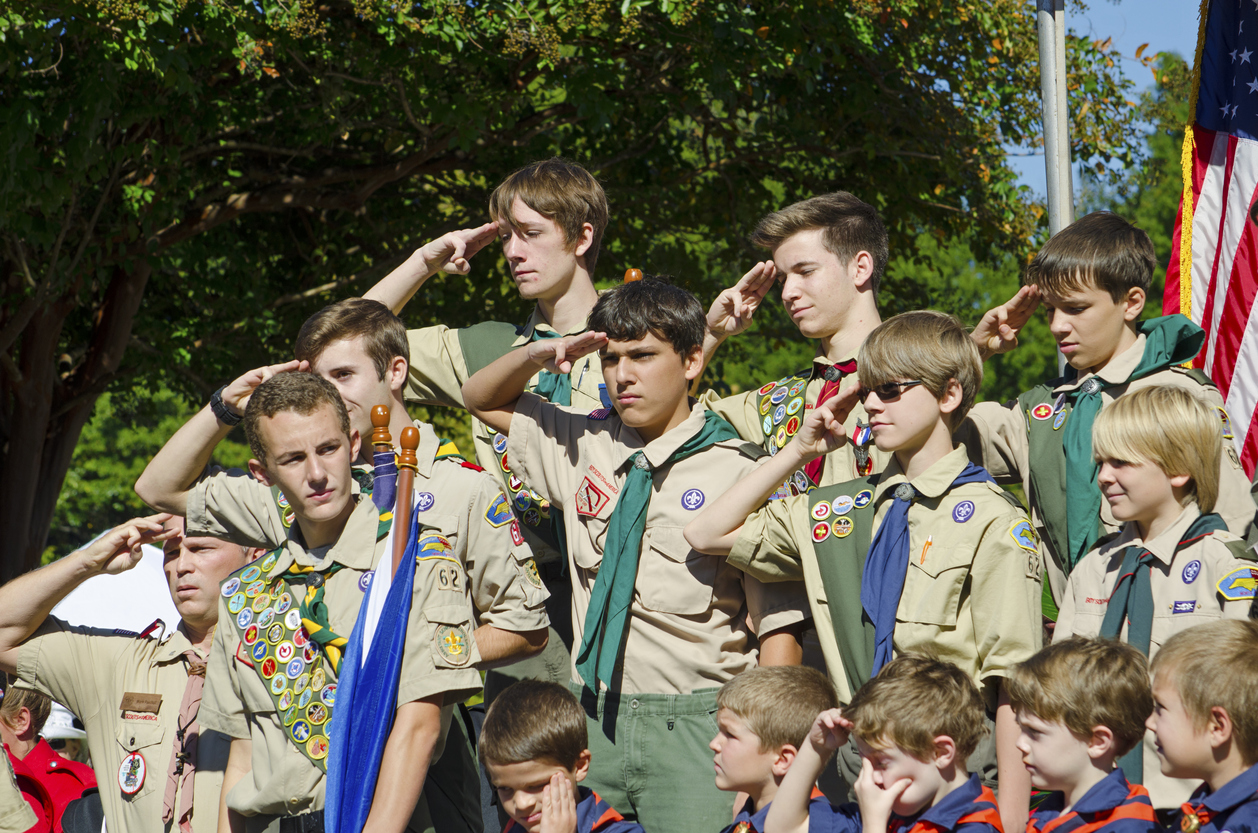Gender theorists know what they are doing when they target children. We should know what we’re doing when we fight back.
Forging Fewer Freakazoids

America's young men face an acute crisis of masculinity.
Freak culture in America was unknown until the late sixties, when youth rebellion was specifically expressed as complete rejection of the forms and norms of respectable society. The hippies turned away from their parents’ values of diligence, sexual continence, and cleanliness and embraced libertinism, immediate gratification, and filth. But this was a communal movement, based on collective repudiation of societal standards in favor of a new order organized under the legendary “freak flag.” Freakiness, in this sense, became a new conformism.
The freaks of those days took over American culture. “Edge,” in the sense of being near the margins of society, maintains its cool factor, but today’s true edge-dwellers are no longer sexy or appealing. Indeed, the new outlaws of society bear less resemblance to the freaks of yesteryear and look more like the pathetic, school-shooting incels who now intrude into media consciousness like periodic zit inflammations.
‘Sup, nerd?
When I was in high school around 20 years ago, the levels of adolescent weirdness one encountered rarely tipped over into the realm of the truly antisocial. There were mousy nerds, brusque jocks, brooding goths, and the occasional shady loner, but true weirdness of the type that unsettles and has you looking for the nearest exit was a rarity. I was into sports back then, but also liked literature and eccentric artistic geniuses, so kept a lookout for charming freaks. I made some interesting friends this way, but these freaky types were basically as well-adjusted as I was; they just occupied a different social role in the American high school caste system.
An encounter with a true freak during my senior year verified that all the other weirdos I’d met up until that point were merely normies of varying styles and aesthetics; some were sadder than others, but they were all going to make it. The reality of the true freakazoid—and it’s a dark reality—was made jarringly clear by an obese young man named Joseph. I first saw Joseph in gym class, where he sat in the stands, completely alone, wearing a muumuu. My school had a program for at-risk youth and another for kids with developmental disabilities, but as far as I knew, Joseph didn’t belong to either; he was unaffiliated. The P.E. teacher didn’t even bother to call Joseph down from the rafters, where he stayed all semester; he knew, as I did, that he was not going to make it. I never saw Joseph anywhere else on campus, a ghost in a muumuu who only materialized in the gym to torment us with his antisociality.
Joseph still haunts me. I think of Joseph often these days because, more and more, I’m seeing young men that remind me of him. I’m seeing young men who are completely outside society, which means that they pose a danger to society if they aren’t assimilated into the realm of the well-adjusted. No one wants guys like Joseph to exist, but more than ever, Joseph and his maladjusted brethren are everywhere. These young men are broken, and many of them are growing violent.
Get it together.
The line between the well-adjusted and the maladjusted has always been thin, but when I was growing up, there were structures and supports—and an overall cultural ethos—in place that redirected the antisocial tendencies present in all young men, and, at the very least, kept the great freaks at bay, which is why it was such an anomaly to see someone like Joseph. All you had to do was get through those brutal late-teens/early-20s years during which the antisocial impulse is at its strongest, and you’d make it. You might not be a success, or even a good man, but you certainly wouldn’t end up a Joseph. The big difference between then and now, and the reason why society is creating more antisocial young men, is that everything had to go wrong for someone to end up like Joseph, then; now, it seems, everything has to go right for young men not to end up like him.
The average young man, who would’ve done okay 20 years ago, is on the fast track to becoming a freak if he doesn’t catch a break or two. It doesn’t take much to get him on the right track—a positive early interaction with a girl or a good coach or mentor—but basic, traditional male experiences are increasingly hard to come by. Due to shifts in the way we talk about—and treat—masculinity, and the technological transformations of the last 15 years, the line has blurred such that when one encounters a strange young man it is simply safer to assume that he’s a danger. If he’s not already radicalized, he’s certainly well on his way.
One of the main causes of the rise of antisocial young men is the pathologizing of traditional masculinity. The normal young man who was a little antisocial and rough around the edges fifteen years ago had some room to maneuver and get out of what was often a self-imposed rut. The very same young man would be labeled “toxically masculine” today by a feminized society that does not have his best interests in mind. A young man is now stigmatized as “toxically masculine” if he is heterosexual, stoic, interested in maximizing his physical strength through weightlifting, and engages generally in primate dominance behavior. Calling someone “toxic” might breed toxicity; this dynamic is completely unacknowledged by our feminized school culture.
Whoa, hold up dude!
Young men are simultaneously less dangerous and more dangerous than people think. The average young man is capable of tremendous violence, but the majority—outside of the deranged and mentally ill—never act on the rage-filled fantasies that bubble up during male adolescence; you want to beat up your bully or snap at your parents, but the average young man recognizes the toxicity of the rage and never acts on these urges. He understands that he is a member of society and he must restrain the ancient bestial impulses that pop up when least expected. You will not choke out the incompetent boss or slam the chair against the wall when faced with rejection. You will not snap and allow the beast to escape. You will do your best to be a man.
Working out, playing sports, dedicating countless hours to esoteric hobbies, and communing with your fellow men in women-free spaces, are healthy ways of keeping the beast at bay; but if these activities are labeled “toxically masculine” and young men are discouraged from participating in them, what will fill the vacuum is a nihilistic malaise or even worse, the beast. We risk creating a society in which young men can no longer be men, and so a minority will give themselves over to the beast.
Thankfully, most young men are too down and out and intrinsically decent to give themselves over to the beast, which is why modern America is overrun with atomized and passive Josephs; still, every now and again, when I enter a coffeeshop, I’ll encounter a disheveled young man bent over his computer and staring at the screen with a blank manner that unsettles me. Like his beaten-down brethren littered across the coffeeshop in various states of malaise, the young man looks incapable of exerting himself physically and imposing his will on the world, but he still sets off my radar. I can sense the seething.
So where do the young men who’ve embraced the beast go when traditional male spaces have been decimated? They find community online, of course. One of the great tragedies of our time is that male spaces in which young men learn to harness the beast have been, at best, compromised—the Boy Scouts, church, etc.—and, at worst, altogether banished. The most important figure in the life of a young man entertaining the beast is a well-adjusted man who’s faced it down and come out the other side. The well-adjusted man will provide tough love, but if a young man who’s embracing the beast isn’t confronted, things will get a lot uglier later. This is how societal norms are enforced, and it can only happen in male-only spaces, but if society destroys these spaces under the guise of “toxic masculinity,” the civilizing power of the well-adjusted man will be lost. Remove the man and the beast will thrive.
Take a chill pill.
As male spaces have disappeared in conjunction with the rise of “toxic masculinity” ideology in a society that increasingly caters to the feminized, the budding antisocial young man naturally sets his sights on antisocial online spaces. A few decades ago, the internet was diffuse enough that radicalizing forces had to be actively sought out; today, those forces are sophisticated and calculatedly seek out the lost. Whether it be misogynistic spaces, racist forums, or misanthropic incel hubs, the antisocial young man now has a venue where he can meet fellow freaks and fester in his toxicity; these spaces, of course, are devoid of actual men. Radicalizing internet spaces are not only problematic because they attract the potentially violent, but the young men on the cusp who would’ve been okay if they’d only come of age during a time that didn’t malign traditional masculinity and offered them healthy male role models.
What we have now is a feminized society that doesn’t admit that young men are struggling, but blames them for the suffering of others. We are in deep trouble when defective men who have committed themselves to evil, violence, pornography, and crime are often hanging out in the same spaces as lost young men who are merely culturally homeless and entertaining the beast. The hand of cards drawn by many young men is so bad that often times it becomes impossible to tell apart the evil from the lost. But we have removed the social mechanisms that allow well-adjusted men to help their younger brothers and have consigned confused youth to wander around the Internet looking for meaning from the wrong mentors.
It’s impossible to know if the killers who’ve committed horrific murders in recent months were all born malignantly evil, but I suspect that some of them could’ve been stopped if they hadn’t been allowed to disappear from the realm of men. There is man, beast, and monster; man can transform into a beast, and vice versa, but once a monster always a monster. To stop the beast from becoming a monster we need to value men and once again grant them the societal power to rein in their wayward brothers. Men can be dangerous, yes, but their manhood is the only thing that can keep monsters at bay. Society has a choice to make, and its survival depends on it. Do we want to be ruled by men or monsters?
The American Mind presents a range of perspectives. Views are writers’ own and do not necessarily represent those of The Claremont Institute.
The American Mind is a publication of the Claremont Institute, a non-profit 501(c)(3) organization, dedicated to restoring the principles of the American Founding to their rightful, preeminent authority in our national life. Interested in supporting our work? Gifts to the Claremont Institute are tax-deductible.
Patriots must rebuild the single-sex institution.
Recovering manly endeavor in an age of docility.



